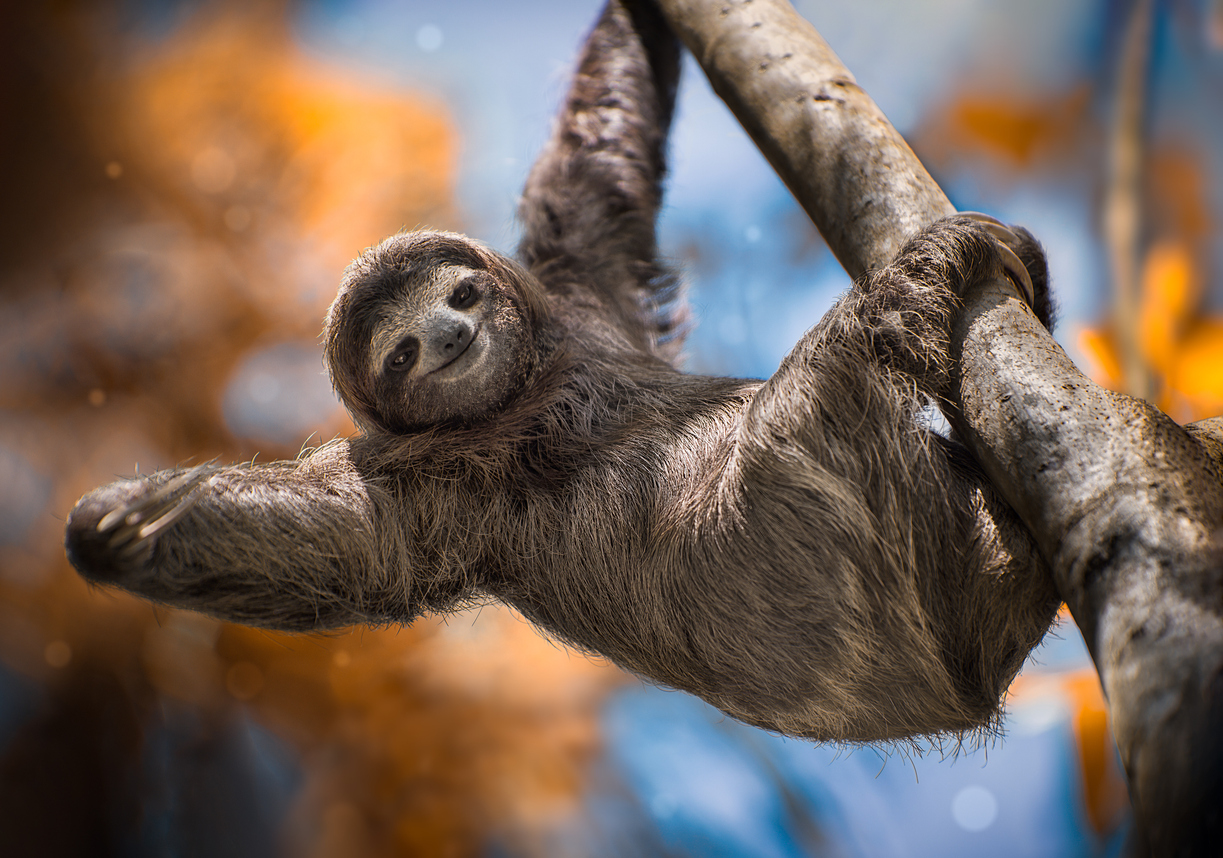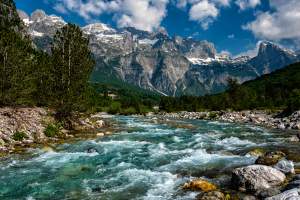
You don’t need to spend thousands on a luxury safari to have a world-class wildlife experience. Safaris — especially the “Big Five” variety in Africa — are iconic, yes, but they’re not the only way to connect with animals in the wild. In fact, some of the most memorable, intimate wildlife encounters happen outside the open-roof jeeps and pricey game lodges.
If you know where to look, there are places all over the world where animals roam freely, ecosystems thrive, and humans are just quiet observers. These aren’t petting zoos or animal encounters in name only — they’re legitimate, raw glimpses into the wild, often without crowds, and usually for a fraction of the cost.
Here are the best places to see incredible wildlife — no safari vehicle required.
1. Pantanal, Brazil
Everyone talks about the Amazon, but the Pantanal — the world’s largest tropical wetland — is where the wildlife actually shows up. Unlike the dense jungle of the Amazon, the Pantanal’s open marshes and grasslands make animal sightings frequent and clear.
It’s the best place in the world to spot jaguars in the wild, and you’re likely to see caimans, capybaras, giant otters, howler monkeys, and hundreds of bird species, including hyacinth macaws and jabirus. Boat tours and nature lodges replace traditional safari setups, offering more access and fewer tourists.
2. Galápagos Islands, Ecuador
No fences. No fear. No other place like it. The animals of the Galápagos have lived for so long without human predators that they simply aren’t afraid of you — and that makes for the most natural wildlife encounters you’ll ever have.
Sea lions nap on park benches. Blue-footed boobies dance right beside you. Giant tortoises lumber through the highlands like it’s no big deal. You can snorkel with penguins, rays, and sharks, all without needing to chase them. It’s nature at eye level — unfiltered and unbothered.
3. Yellowstone National Park, USA
Think of Yellowstone as North America’s version of the Serengeti — but with geysers. This massive national park is one of the best places in the world to spot large mammals in their natural habitat. And no, you don’t need a private guide or special permit to see them.
Drive through Lamar Valley at dawn and you’re likely to see bison herds, pronghorn, elk, and possibly wolves if you’re lucky. Grizzly bears, black bears, and moose are all residents too. Bring binoculars, respect distance, and prepare to be humbled by just how alive the land is.
4. Hokkaido, Japan
Japan isn’t usually at the top of people’s wildlife lists — but Hokkaido changes that. The country’s northernmost island is a rugged landscape of mountains, wetlands, and forests that support some incredible (and very photogenic) animals.
Winter is the prime season for sightings. You’ll find red-crowned cranes performing courtship dances in snow-covered fields, Steller’s sea eagles perched on icy drifts, and wild foxes trotting along quiet backroads. In warmer months, brown bears fish in rivers and deer roam through flower-strewn meadows.
5. Komodo National Park, Indonesia
You won’t see lions here — but you will see dragons. Komodo National Park is home to the world’s largest lizard, the Komodo dragon, and these prehistoric-looking creatures can grow up to 10 feet long.
In addition to dragons, the park’s coral reefs are packed with sea turtles, manta rays, and reef sharks, making this one of the most biodiverse places in Southeast Asia. You can hike through dry savanna, snorkel in turquoise coves, and witness wild nature without safari infrastructure anywhere in sight.
6. Isle of Mull, Scotland
Wildlife in Scotland? Absolutely. The Isle of Mull is a quiet gem off the west coast where you can see otters, eagles, puffins, and — if you take to the water — whales and dolphins.
Mull’s rugged coastline and sparse population mean nature takes the lead. White-tailed sea eagles (the largest in the UK) soar above cliffs, while harbor seals and red deer are common sightings. Take a boat to nearby Staffa Island to watch puffins up close — no telephoto lens needed.
7. Borneo (Malaysian side)
The jungles of Borneo are one of the last places on Earth where orangutans still live freely. You don’t need a jeep or guide with binoculars — you just need patience, respect, and maybe a rain poncho.
In the Danum Valley or Kinabatangan River area, you can spot orangutans, pygmy elephants, proboscis monkeys, clouded leopards, and sun bears. You explore by foot or boat, and it’s not uncommon to look up from your lodge porch and see a family of macaques wandering through the trees.
8. Kaikoura, New Zealand
You won’t find lions or elephants here, but Kaikoura delivers one of the most reliable marine wildlife spectacles anywhere in the world. This small coastal town is a year-round destination for whale watching, thanks to a deep undersea trench close to shore.
Sperm whales, humpbacks, and orcas can all be spotted on boat tours — and you’re almost guaranteed sightings. You can also swim with wild dusky dolphins or watch fur seals bask on rocks right off the highway. No fancy camera needed. Nature performs daily.
9. Tasmania, Australia
Mainland Australia gets all the love, but Tasmania is where things get really wild. This island state is full of temperate rainforest, rugged coastlines, and animals you won’t see anywhere else.
Wombats, wallabies, and echidnas roam freely, and if you’re lucky (or patient), you might spot the elusive Tasmanian devil. The best part? You don’t need a tour or a timetable. Wildlife encounters here often happen while you’re walking to your cabin or driving at dusk — just nature doing its thing.
10. Svalbard, Norway
If you’re looking for Arctic wildlife and extreme wilderness, Svalbard delivers. Located halfway between mainland Norway and the North Pole, this frozen archipelago is one of the best places on Earth to see polar bears — from a safe distance.
Boat tours around the islands often spot walruses, Arctic foxes, reindeer, and whales, all set against an unreal backdrop of glaciers and sea ice. It’s not cheap or casual travel, but it’s not a traditional safari either. It’s raw, remote, and unforgettable.
What Makes These Wildlife Experiences Stand Out?
They’re not curated. They’re not controlled. These destinations allow you to:
- See animals in their natural context, not a fenced-in zone or guided performance.
- Move at your own pace, with less structure and more spontaneity.
- Skip the price tag of luxury safaris while still getting that sense of wonder.
- Experience a range of ecosystems, from polar ice to rainforest to volcanic islands.
Tips for Wildlife Travel Without a Safari
- Research seasonal behavior: Migration, mating, and feeding seasons vary — timing is everything.
- Stay quiet and observant: Wildlife doesn’t like noise or fast movement. Be present, not performative.
- Hire local guides (when needed): They know the land and the animals — and where to find them.
- Be respectful: Don’t bait, chase, or feed animals. Ever.
- Pack smart: Binoculars, comfortable walking shoes, and layers go a long way.
The best wildlife encounters don’t always happen on safari. Sometimes they happen while you’re sipping coffee on a cabin deck, or gliding through a mangrove forest in a canoe, or waiting patiently on a cliffside with a pair of binoculars.
If you know where to go — and how to slow down — the world opens up. Because the truth is, wildlife doesn’t need a curated experience. It just needs space to exist. And if you’re lucky, you get to step into that space — if only for a moment.







